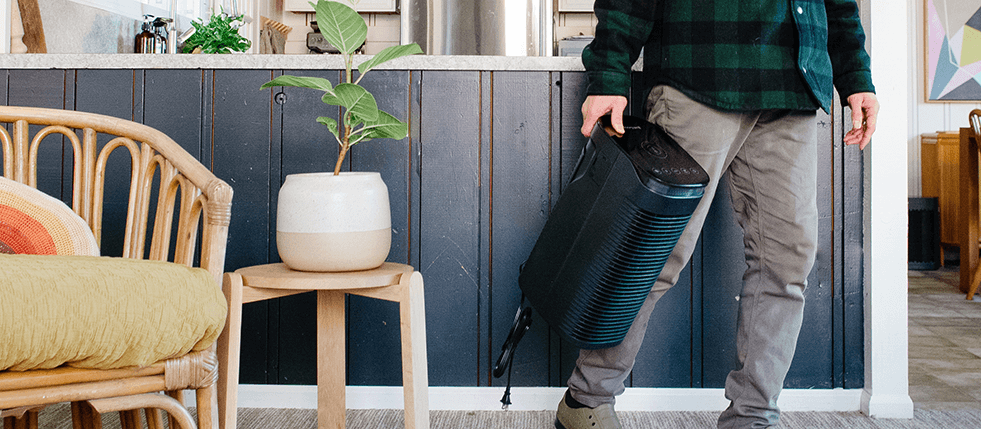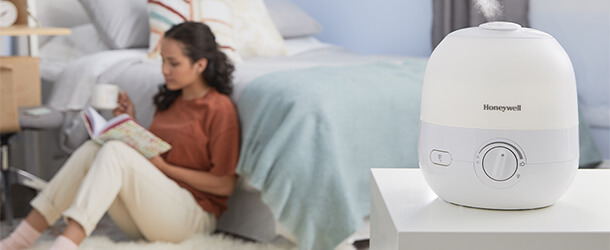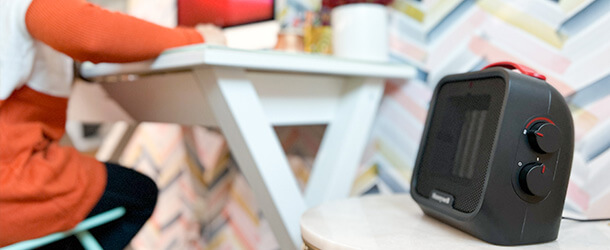Blog
Top 5 Room Air Purifiers That Remove 99% of Airborne Particles: Expert Insights & Reviews
As concerns about indoor air quality continue to rise, the demand for effective room air purifiers has increased significantly. According to the World Health Organization, air pollution is responsible for approximately 4.2 million premature deaths globally, making the need for clean indoor air more critical than ever. A recent study by the Environmental Protection Agency reveals that indoor air can be two to five times more polluted than outdoor air, highlighting the importance of having a reliable room air purifier. These devices have evolved to target up to 99% of airborne particles, including allergens, dust, pet dander, and harmful viruses. In this guide, we delve into the top five room air purifiers that expert reviews commend for their efficacy and efficiency, ensuring you have the insights needed to make an informed decision for your home.
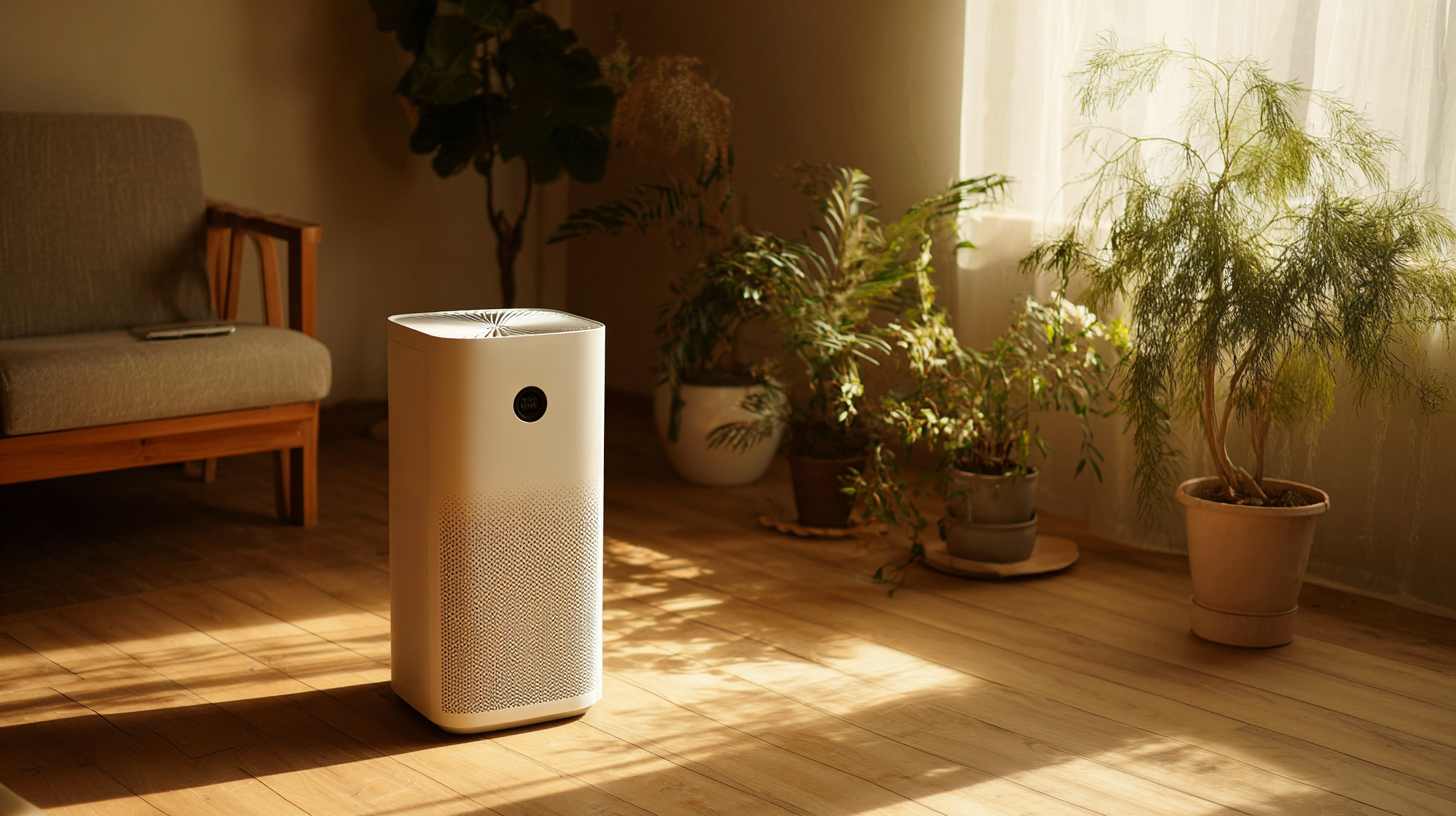
Top Features to Look for in an Effective Air Purifier
When choosing an effective air purifier, several key features can significantly enhance performance. First, look for HEPA filters, which can capture at least 99.97% of airborne particles as small as 0.3 microns. According to the Environmental Protection Agency (EPA), HEPA filtration is crucial for reducing allergens, dust, and even some types of bacteria and viruses. Additionally, consider purifiers with activated carbon filters, as they are effective in removing odors and harmful gases such as volatile organic compounds (VOCs).

Another important factor is the Clean Air Delivery Rate (CADR), which measures the airflow of purified air a unit can deliver. A higher CADR rating indicates faster and more efficient air cleaning. A recent report from the Association of Home Appliance Manufacturers (AHAM) suggests that an air purifier's effectiveness is closely tied to its CADR, particularly in spaces where air quality is a concern, such as homes with pets or smokers.
Tips: When selecting an air purifier, ensure it is appropriately sized for your room; a unit that's too small will struggle to clean the air effectively. Regular maintenance, including filter replacements, is essential to maintain optimal performance. Lastly, consider noise levels if the purifier will be used in sleeping areas, as quieter models can often operate without disturbing rest.
Understanding Different Air Purification Technologies
Air purification technology has evolved significantly over the years, providing various methods for removing airborne particles and contaminants. With the increasing awareness of indoor air quality and its impact on health, innovative solutions like nanotechnology and advanced filtration systems are gaining traction. The development of nanotechnology-based air purifiers, for instance, demonstrates how patents and cutting-edge research can lead to effective solutions for persistent pollutants like formaldehyde, commonly found in newly renovated spaces.

Moreover, the market is witnessing advancements in filtration technology, such as HEPA and activated carbon filters, which continue to improve in efficiency for capturing allergens and various pollutants. As the demand for air purifiers rises, particularly in urban environments, manufacturers are exploring new approaches to redefine air purification, including foam-based solutions that promise zero bacteria and waste. It’s crucial for consumers to be informed not only about the effectiveness of these technologies but also about their specific applications, especially in tackling specific issues like volatile organic compounds in homes.
Comparing Top Brands: Which Air Purifiers Really Deliver?
As consumers become increasingly aware of the dangers posed by indoor air pollutants like formaldehyde and particulate matter, the demand for effective air purifiers has skyrocketed. The market is filled with various options, from traditional air purifiers to chemical-based solutions, each claiming superior performance in particle removal. However, evaluating their effectiveness can be quite challenging without expert insights and comprehensive comparisons.
Recent evaluations reveal that brands are not created equal when it comes to removing airborne particles. Some models have demonstrated a remarkable ability to filter out 99% of harmful particles, significantly improving indoor air quality and potentially enhancing health outcomes. Moreover, specific tests comparing major brands highlight the importance of considering factors such as purification effectiveness, operational efficiency, and adaptability to different room sizes. As the air purifiers continue to evolve, understanding which models truly deliver on their promises becomes essential for consumers seeking reliable protection against indoor air pollution.
Expert Tips on Maintaining Your Air Purifier for Optimal Performance
Maintaining an air purifier is crucial for ensuring optimal performance and longevity. According to the U.S. Environmental Protection Agency (EPA), indoor air can be up to five times more polluted than outdoor air, making effective purification essential. To maximize your air purifier's efficiency, it's vital to regularly check and replace filters. Most manufacturers recommend changing HEPA filters every six months, but depending on usage and air quality, this may need to be done more frequently. Data from the American Lung Association suggests that purifiers utilize filters that capture at least 99.97% of airborne particles, emphasizing the importance of keeping these filters clean and functional.
In addition to filter maintenance, placement plays a significant role in an air purifier's effectiveness. The Association of Home Appliance Manufacturers (AHAM) recommends positioning purifiers in rooms where people spend the most time. Moreover, keeping windows and doors closed while the purifier is running can prevent outdoor pollutants from entering, enhancing its performance. Regularly dusting and vacuuming the surrounding area also helps reduce the overall particle load in your indoor environment. Staying vigilant about these maintenance practices can significantly improve your air quality and extend the life of your unit.
User Reviews: Real-Life Experiences with Top-Rated Models
When it comes to choosing an air purifier, user reviews often provide invaluable insights into the real-life performance of these devices. Many users rave about the effectiveness of top-rated models in significantly reducing airborne particles, with some claiming noticeable improvements in their health and overall air quality. For instance, customers have reported less respiratory discomfort and reduced allergy symptoms after using purifiers that boast a 99% particle removal rate. Testimonials highlight the transformative impact these devices can have in homes, especially for those with pets or living in urban areas with high pollution levels.
In addition to performance, consumers frequently emphasize the user-friendly features of these air purifiers, such as smart technology, quiet operation, and energy efficiency. Many reviews indicate a preference for models that come equipped with filters that are easy to replace, as well as those that provide real-time air quality monitoring. Overall, the positive experiences shared by users demonstrate that investing in a top-rated air purifier can lead to significant benefits, enhancing indoor air quality and fostering a healthier living environment.
Related Posts
-
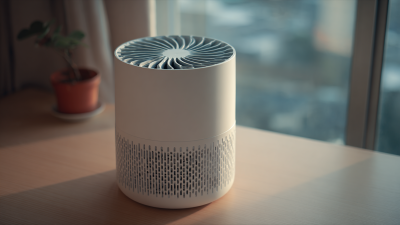
How to Select the Best Portable Air Purifier for Your Needs
-
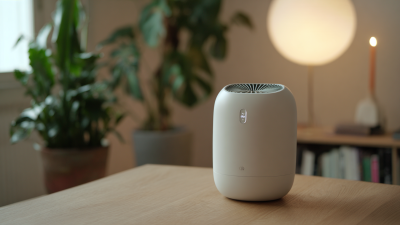
Exploring the Future: The Impact of 2025 Technology Trends on the Best Small Air Purifiers
-
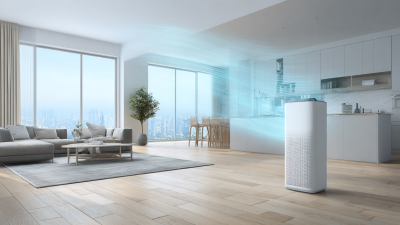
Future Innovations in Best Room Air Filters Shaping the 2025 Industry Landscape
-

Your Ultimate Guide to Choosing the Best Air Purifier Fan for Your Home
-

The Future of Home Wellness with True HEPA Air Purifiers
-
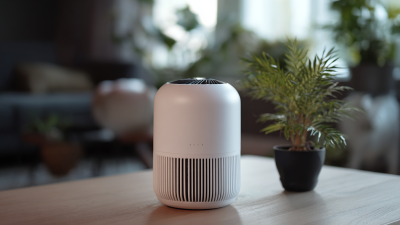
How to Choose the Best Small Air Purifier for Your Home: Essential Factors to Consider





